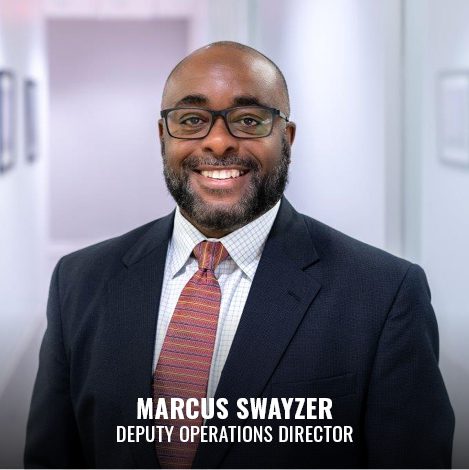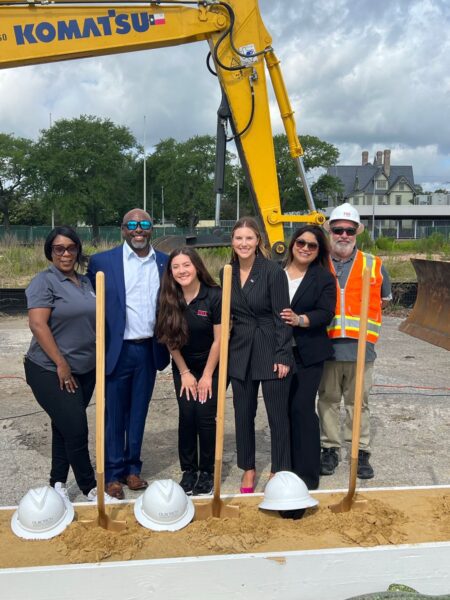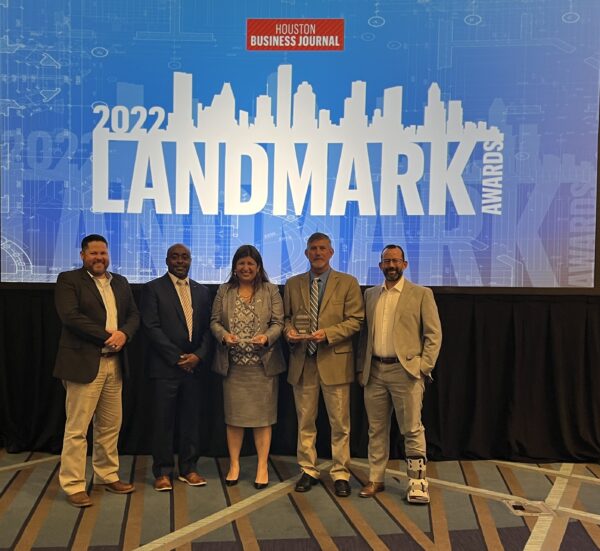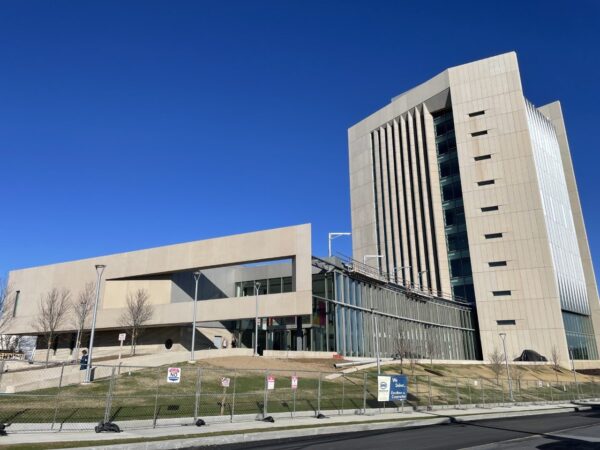
July 15, 2024 | Articles
Construction’s Digital Transformation & The Tools of Modern Project Management


My name is Marcus Swayzer, and I have been working in the construction sector for 25 years. I am a product of an HBCU education, studying mechanical engineering at Prairie View A&M University. My career started in oil and gas, and then I transitioned into the construction industry. Like many, I learned a lot on the job and worked my way through the ranks. Sometimes I took certain pay or jobs that were below my experience level. This is often the course of Black men breaking into a predominately white male industry.
Being a Black construction professional can be hard, a reality that’s more noticeable in certain areas of the United States than others. In an industry where the landscape has traditionally been shaped by an older, white male demographic, my role as an Owner’s Representative puts me at the forefront of projects – including the decision making. This has led to some interesting dynamics with others in the field. Thankfully, there has been a shift towards greater inclusivity, though there’s still work to be done. The call for HUB (Historically Underutilized Business) participation mandated by government entities is a clear indication of this progress, but the journey for minority firms to establish their businesses in the industry remains a challenging one.
Construction in the U.S. is sometimes viewed as a race-neutral domain, adhering to ideologies of self-reliance and a strong work ethic that determine success in the field. However, this colorblind perception affects educational institutions, workplace culture, hiring practices, and career advancement opportunities for minorities transitioning into the U.S. construction domain. STEM education has been at the forefront as the new educational push for the last decade. Although most STEM degrees have a place in construction, it is usually during the design phase when architects and engineers are the focus. STEM is limited in the construction phase of the industry.

Current trends in educational enrollment and graduation in U.S. construction education demonstrate major challenges for minorities to participate in the industry. The enrollment of students in higher education courses focused on construction shows significant racial disparities, and minorities are less likely to choose these tracks and pursue careers in the field. According to the U.S. Bureau of Labor Statistics, white Americans constituted 72.8% of all construction managers who were awarded degrees in 2020, while Hispanics (10.5%), African Americans (5.03%), Asian Americans (1.79%), American Indian or Alaska Native (0.46%), and Native Hawaiian or other Pacific Islanders (0.20%) represented a small portion of degrees awarded. In addition, architectural and engineering managerial roles mostly comprised white Americans (81.5%), while Hispanics (6.7%), Asian American (11.8%), and African Americans (6%) only represent small proportions of the workforce at this level of employment.
Exclusionary practices and ideologies have long influenced the construction education and workforce sector. This has resulted in the underrepresentation of minorities in the construction domain, impacting employment, education, and industry representation in the United States. This was not always the case; minorities dominated construction before the Civil War. However, the introduction of unions after the war often established a color line that excluded minorities from jobs, fair wages, and training opportunities.

Today, grassroots movements and Black communities are increasingly recognizing the significance of acquiring skills in trades such as construction and often-overlooked professions in local farming. This newfound emphasis stems from the realization of the essential ability to independently address and mend various aspects of our surroundings. Furthermore, these skills are gaining importance due to an aging and diminishing labor force in these fields. The positive momentum, exemplified by companies like Hill International as they commemorate Black History Month and showcase the achievements of their Black employees, instills optimism in the prospect of a more inclusive and diverse construction industry. This commitment to acknowledging and celebrating diversity suggests a positive shift towards greater representation and opportunities within the construction sector.
Together, let’s celebrate the accomplishments of the past, present and future of what Black history represents.
Share

July 15, 2024 | Articles
Construction’s Digital Transformation & The Tools of Modern Project Management

July 10, 2024 | Articles
GC/CM at Post Falls: Managing Avista’s North Channel Dam Rehabilitation Project

June 23, 2024 | Articles
Irv Richter – An Innovator, A Pioneer, A Leader (1944 – 2024)

June 14, 2024 | Articles
Environment of Care Standards – Meeting the Challenge (Part Two)

June 13, 2024 | Articles
PMO for Public Transit Project Success: The Reopening of Philadelphia’s Franklin Square Station

June 7, 2024 | Articles

May 17, 2024 | Articles
Hill Interim Federal Market Sector Leader Jane Penny Receives Golden Eagle Award

April 11, 2024 | Articles
A Model Move: Managing Move-In at the Sylvia H. Rambo U.S. Courthouse